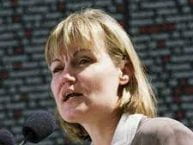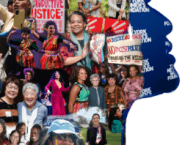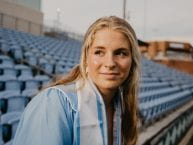
On February 14th, our group interviewed Liz Vaccariello. Liz was an editor-in-chief for various magazines including People Magazine, Real Simple, and Prevention magazine. She started her career in the Cleveland Magazine and is now included in their Journalism Hall of Fame. She is now a praised author with 9 New York Times bestseller books.
Liz talked about how being a woman helped her career and also simultaneously negatively affected her career. Liz has worked at many different environments and as woman, her experiences with those careers differed. She got hired for more “womanly” careers, meaning articles and magazines that were pushed towards women. She has worked for magazines that were focused on women’s health, homes and children. When Liz worked with Parents magazine, she helped change the narrative of women only taking care of the children. She mentioned that before, when a parent was taking their kid to the pediatrician in the image, it was almost always the mother. As years have gone by, in Parents, both parents are pictured taking care of their child. When she started her job with Cleveland Magazine, she was one of the only women in the office and was often sexualized walking through the office or even in meetings. She talked about small comments about her clothing, or “don’t forget to wear the red dress for the big meeting tomorrow!”. This workplace perspective helped us understand that how the media depicts women can affect their future lives and careers.
We also talked about how instead of this issue of misrepresentation getting worse, it is getting better, especially in print media. However, in broadcast media, there is a certain type of sought-after female journalist that many companies want to hire. We learned that on News Websites like FOX, the female journalists are almost always white blondes. That was common for so long but more News sources have made the change and there is more representation for people of color and disabled people. The way that we can make a change is praising, re-posting, and commenting on articles, news sources and media coverage of journalists who are not the stereotypical perfect woman. Eventually, Liz hopes that seeing more diversity in the media will become the new normal and won’t need calling out.








